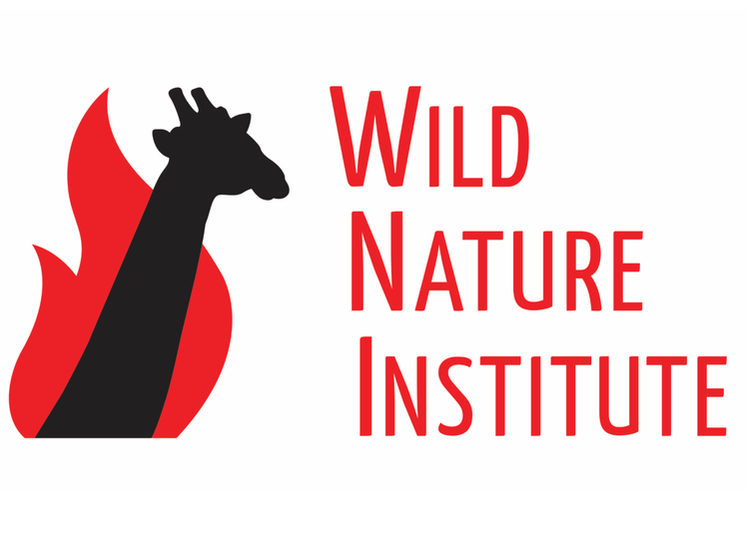|
Wild Nature Institute is excited to be rolling out our new giraffe-themed environmental education materials here in Tanzania. We are distributing a Swahili-English version of our Juma the Giraffe children’s book, a beautiful poster about giraffe physiology (made by David Brown and Chris Barela), an activity book in Swahili (made by Megan Strauss), and more copies of The Amazing Migration of Lucky the Wildebeest books. Several schools have been using the materials, including the Burunge, Mbwiba and Maswa areas. Thank you to PAMS Foundation and Friedkin Conservation Fund for distributing the materials to these areas, and for these wonderful photos. We also thanked Oliver’s and Little Oliver’s camps in Tarangire National Park for providing long-term logistical support for our giraffe work, by giving Juma the Giraffe to all 42 of their Tanzanian staff members! They can take the books back to their families and communities throughout the country to share the message. Thank you to Asilia Africa, especially Oliver's and Little Oliver's camps.
0 Comments
By: Dominick DellaSala Original Post at Elsevier SciTech Connect on September 26, 2016 As a newly minted biologist in the 1980s, I cut my intellectual teeth capturing spotted owls for radio telemetry studies and investigating owl prey needs in dense temperate rainforests of the HJ Andrews Experimental Station just east of Eugene, Oregon. At the time, the owl was considered the quintessential canary in the coal-mine. Widespread destruction of its old-growth haunts led to unprecedented reforms in forest management across nearly 25 million acres of federal lands within its northern range. We learned this – as goes the spotted owl, so too does a larger community of mature forest specialists and the prodigious ecosystem benefits that these forests provide. That remains the case today but we know more about owl biology, the most intensively studied threatened raptor in the world, because of painstaking investigative work of biologists like Monica Bond. Bond recently synthesized new field data in several locations revealing that spotted owls actually use burned forests and are not harmed by fire. There are three subspecies of spotted owls that range from temperate rainforests of southern British Columbia (although nearly extinct there) and the Pacific Northwest to dry forests along the eastern Cascade Crest, Sierra-Nevada, southwest, and Mexico. That’s a lot of forest area to cover. As one traverses the expansiveness of the drier forests, the chance of encountering a wildfire increases dramatically. In a Darwinian sense, specialists win when habitat remains fairly constant as in rainforests where fire is the exception. But this flips in dynamic systems – being flexible (or adaptable) wins where fire is the rule. As it turns out, spotted owls can do both, otherwise how could they have existed over such a wide range? Think kitchen and bedroom. Large fires in dry forests produce mixed effects on vegetation along a fire severity continuum: Some areas untouched (fire refugia) or lightly burned (low severity), others torched (high severity), and most in between the extremes (moderate severity). In nature, variety is the spice of life and mixed-severity fires are nature’s architects of “pyrodiversity,” which, in turn, begets biodiversity. A resilient owl sees the forest for more than just the green trees. Fire-free areas with big trees still provide the familiar bedroom environment; nearby, scorched areas with standing dead perch trees, fallen logs, newly established shrubs, and scores of seedlings become fully stocked with recolonizing small mammals, especially gophers, a preferred food item in burned landscapes. After a fire, owls may shift their territories around, as Bond discovered, to take advantage of newly created foraging “hot spots” while continuing to roost and nest nearby. But this kitchen-bedroom juxtaposition works only if owl territories are not logged after fire. Logging repossesses the bedroom furniture and turns the kitchen into a wasteland. As Bond’s research aptly notes, it is often difficult to separate cause from effect when owl sites are abandoned after fire since logging is the raison d’etre of the Forest Service in post-fire areas. Unlogged, productive nest sites are almost never vacated if burned foraging habitat is left standing.But the spotted owl continues to amaze. Just when biologists think they had it all figured out as to what constitutes a “forest” for owls, we have to recalibrate our ecological understandings. As it turns out, both blackened and green forests are equally valuable to owls and have intrinsic beauty for those that can see the forest the way the owl does. The owl’s true nature remains old-growth dependent in relatively fire-free wet areas but is more of a mixed bag in dry forests as this raptor is just one of the many occupants of nature’s fire “phoenix.” Mixed-severity fires will continue to replenish habitat for all species – fire colonizers/fire avoiders – along the post-fire continuum, if we let them. Climate change could upset this push-pull between burned and unburned periods by making fires more intense or frequent, and possibly both in places. But logging forests to prevent fires or save owls from climate change induced fires, as often proposed, will do neither. Logging to reduce flammable vegetation is known to degrade owl prey habitat and can lead to more intense fires if logging slash is left on site. It also typically produces more emissions than the largest forest fires given that for logging to influence fire behavior, which is not even possible in extreme-fire weather, huge swaths of forests need to be cleared, leading to expansive damages and substantial emissions. If there is one thing that I have learned over the years is that nature is full of surprises, paradigms are for smashing by investigative biologists like Monica Bond, and always, always, get out in the field. Check your perceptions and pre-conceived notions at the door or test them as hypotheses to be refuted. That’s the power of investigative science. To learn more read Monica Bond’s article The Heat Is On: Spotted Owls and Wildfire recently published in the Reference Module in Earth and Environmental Sciences. Hosted on ScienceDirect, the Reference Module combines thousands of comprehensive and encyclopedic articles into one interdisciplinary database. Every Month the content is reviewed, updated and new articles are commissioned where needed to ensure the latest developments and discoveries are included. Achieve more with this empowering resource, learn more here. About the Author Dr. Dominick A. DellaSala is President and Chief Scientist of the Geos Institute (www.geosinstitute.org) in Ashland, Oregon and was President of the Society for Conservation Biology, North America Section (http://www.conbio.org) from 2008-2014. He is an internationally renowned author of over 200 technical papers on forest and fire ecology, conservation biology, endangered species management, and landscape ecology. Dominick has given plenary and keynote talks ranging from academic conferences to the United Nations Earth Summit. He has appeared in National Geographic, Science Digest, Science Magazine, Scientific American, Time Magazine, Audubon Magazine, National Wildlife Magazine, High Country News, Terrain Magazine, NY Times, LA Times, USA Today, Jim Lehrer News Hour, CNN, MSNBC, “Living on Earth (NPR),” several PBS documentaries and even Fox News! Dominick is currently on Oregon’s Global Warming Commission Subcommittee on Forest Carbon and is Editor of numerous scientific journals and publications. His book Temperate and Boreal Rainforests of the World: Ecology and Conservation received an academic excellence award in 2012 from Choice magazine, one of the nation’s premier book review journals. His recent co-authored book– The Ecological Importance of Mixed-Severity Fires: Nature’s Phoenix – presents groundbreaking science on the ecological importance of large fires. Dominick co-founded the Geos Institute in July 2006. He is motivated by his work to leave a living planet for his daughter and all those that follow. Monica Bond's New Paper Summarizing the Science of Spotted Owls and Fire is Available Free Open Access Through October 2016
The release of a new study today suggesting there are four species of giraffes is the latest piece of scientific evidence indicating giraffes belong to more than one species. Fennessy et al. (2016) sampled natural giraffe populations from across their range in Africa and performed genetic analyses that indicated four species should be recognized. Previous work by Brown et al. (2007) did similar analyses and suggested six species for giraffes, although there was evidence for more or fewer species within the data (see figure below). The genetic definition of species does not yet have a universal criteria, but work in coalescent species delimitation shows promise, and additional data will surely refine the species structure for giraffes and other organisms. Whatever the final number of giraffe species, the fact that giraffes as a whole are declining, with some populations numbering only in the hundreds of individuals, should ring alarm bells around the world and inspire action to conserve the world's tallest animal. There are likely more surprises hidden in the genome of giraffes, and we are also still learning about wild giraffe population biology and ecology. All these knowledge products are necessary to conserve giraffes, and Wild Nature Institute is proud of our partners and peers in the field and throughout the conservation community who are working to save the giraffes.
|
Science News and Updates From the Field from Wild Nature Institute.
All Photos on This Blog are Available as Frame-worthy Prints to Thank Our Generous Donors.
Email Us for Details of this Offer. Archives
July 2024
|
|
Mailing Address:
Wild Nature Institute PO Box 44 Weaverville, NC 28787 Phone: +1 415 763 0348 Email: [email protected] |
|

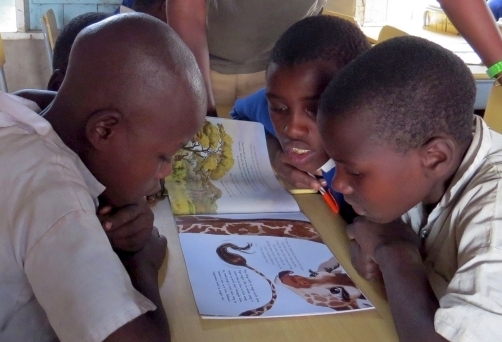
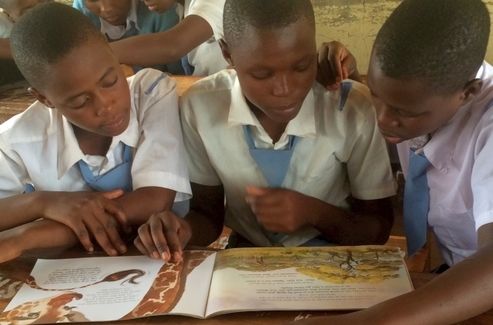
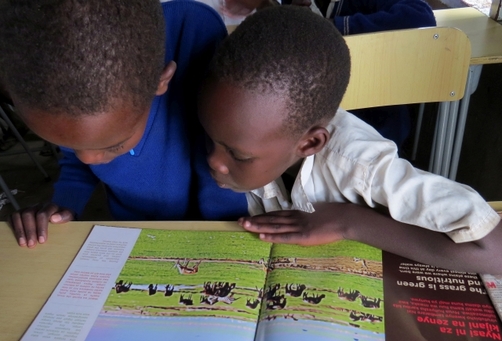
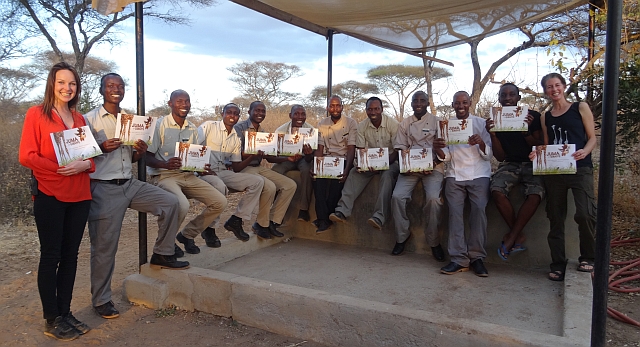
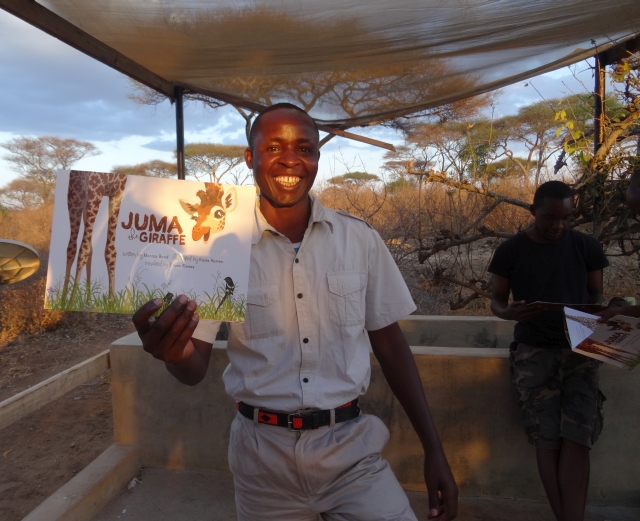
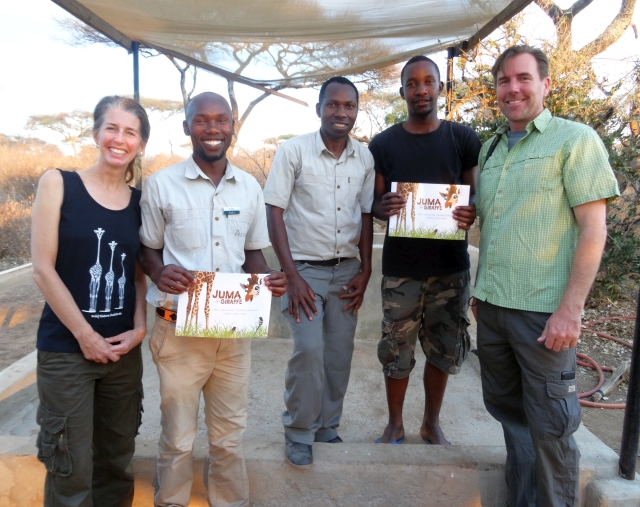
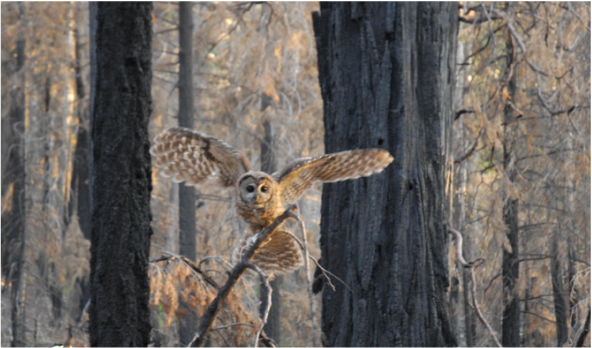
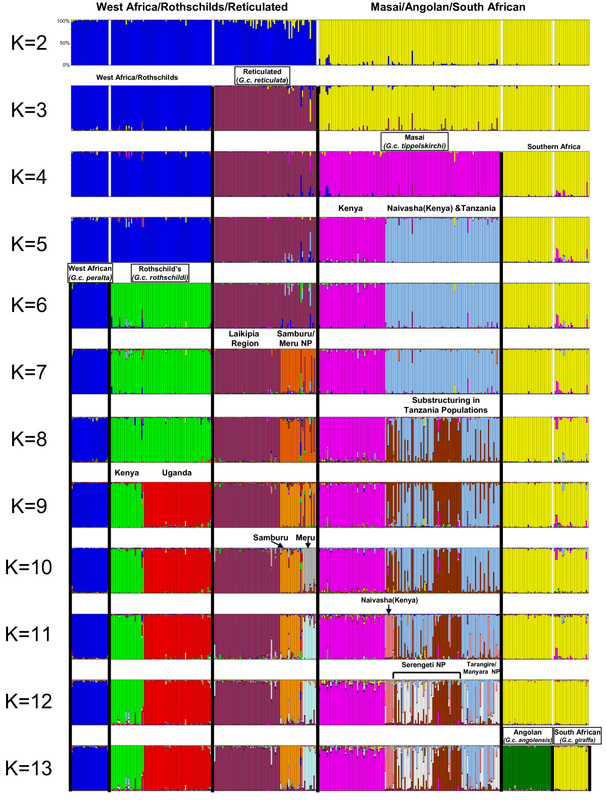
 RSS Feed
RSS Feed
